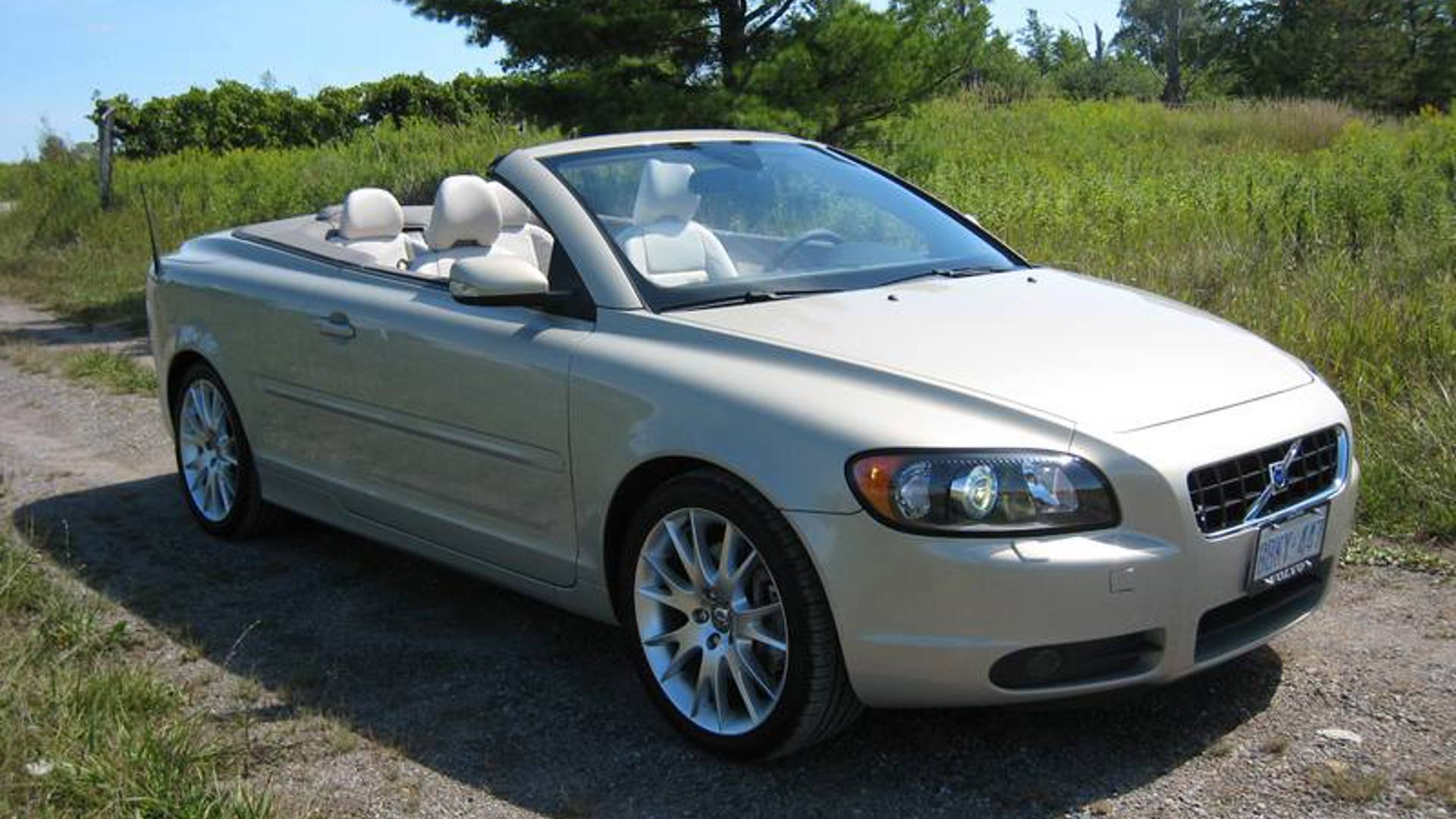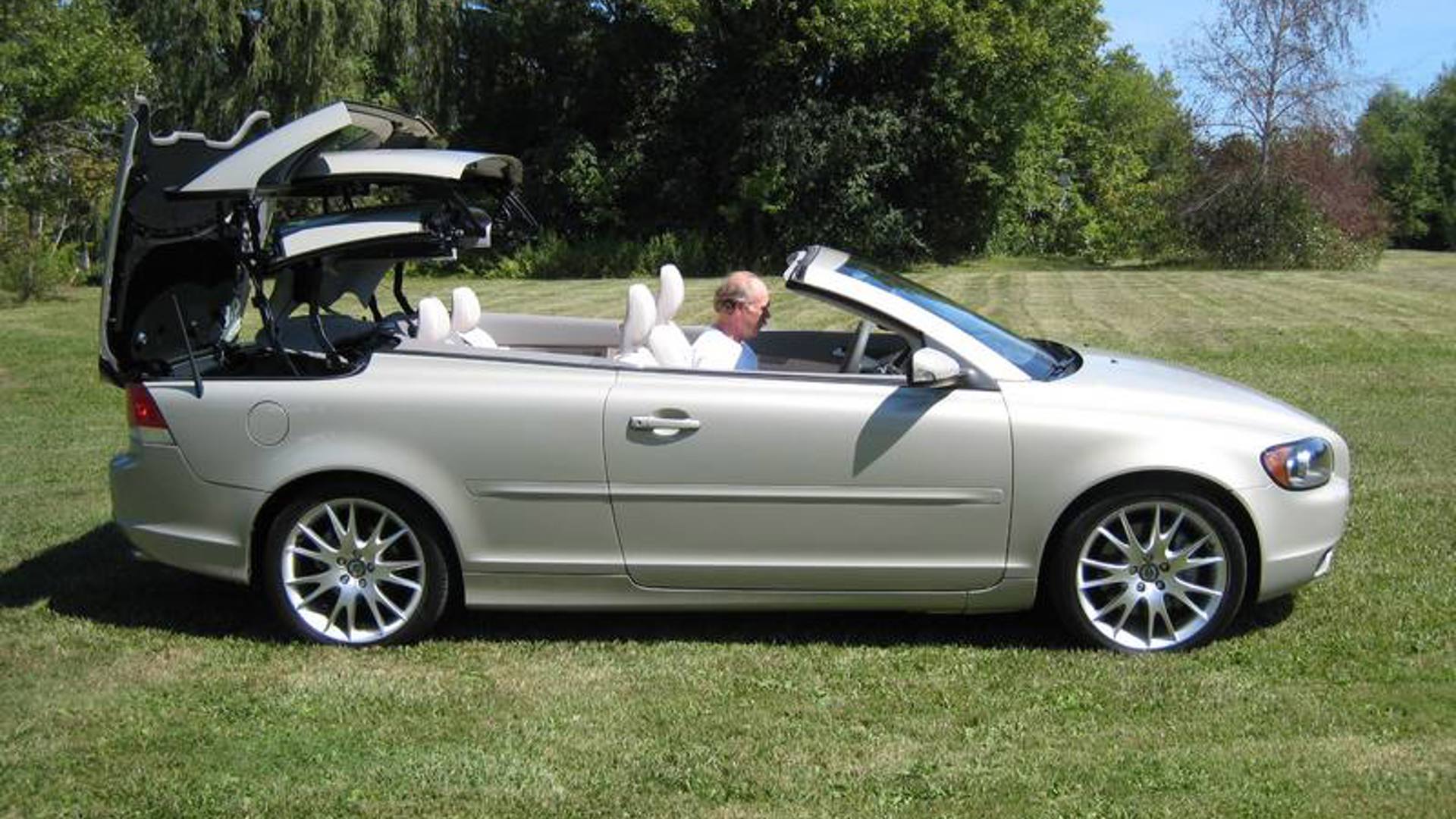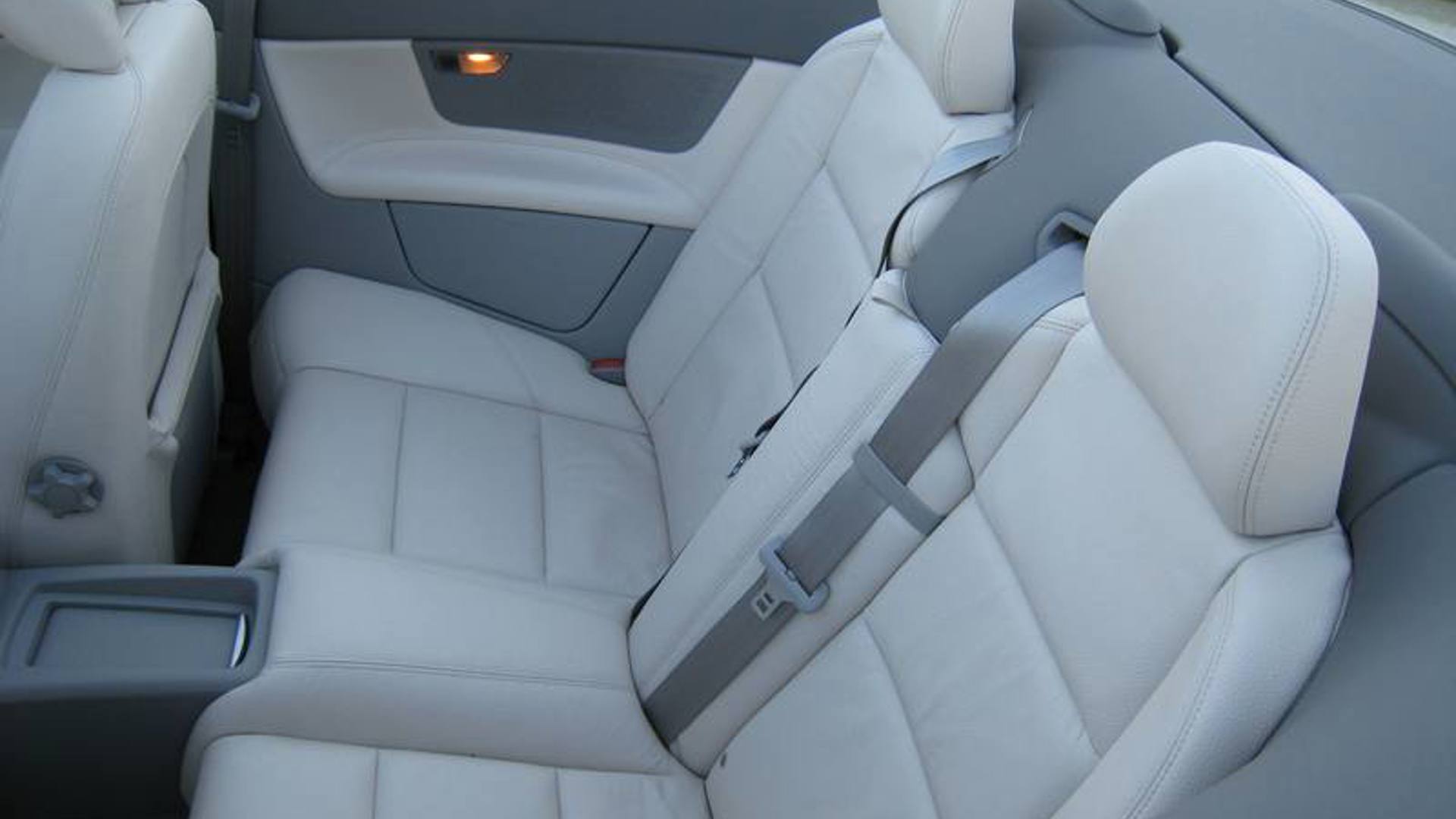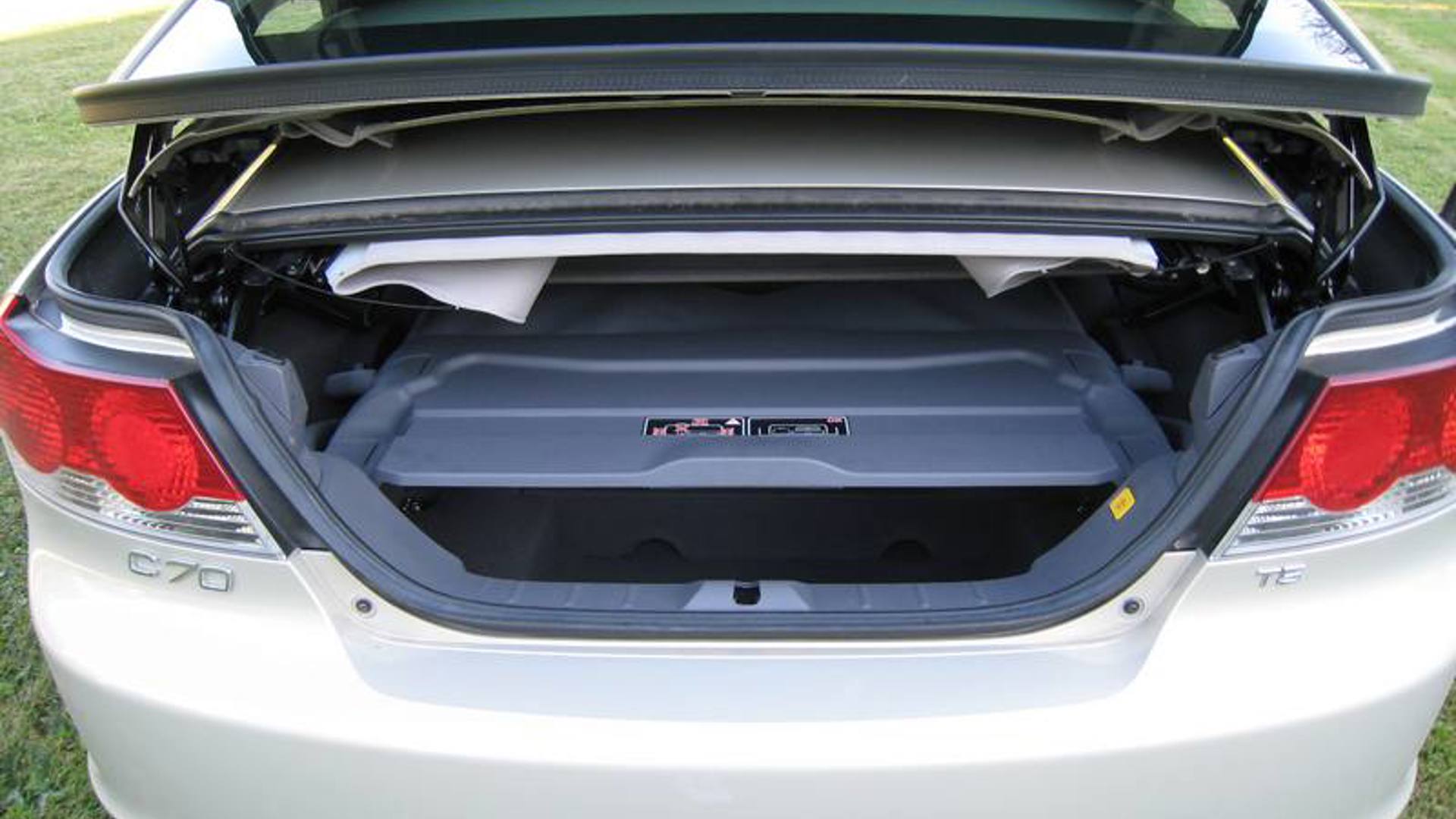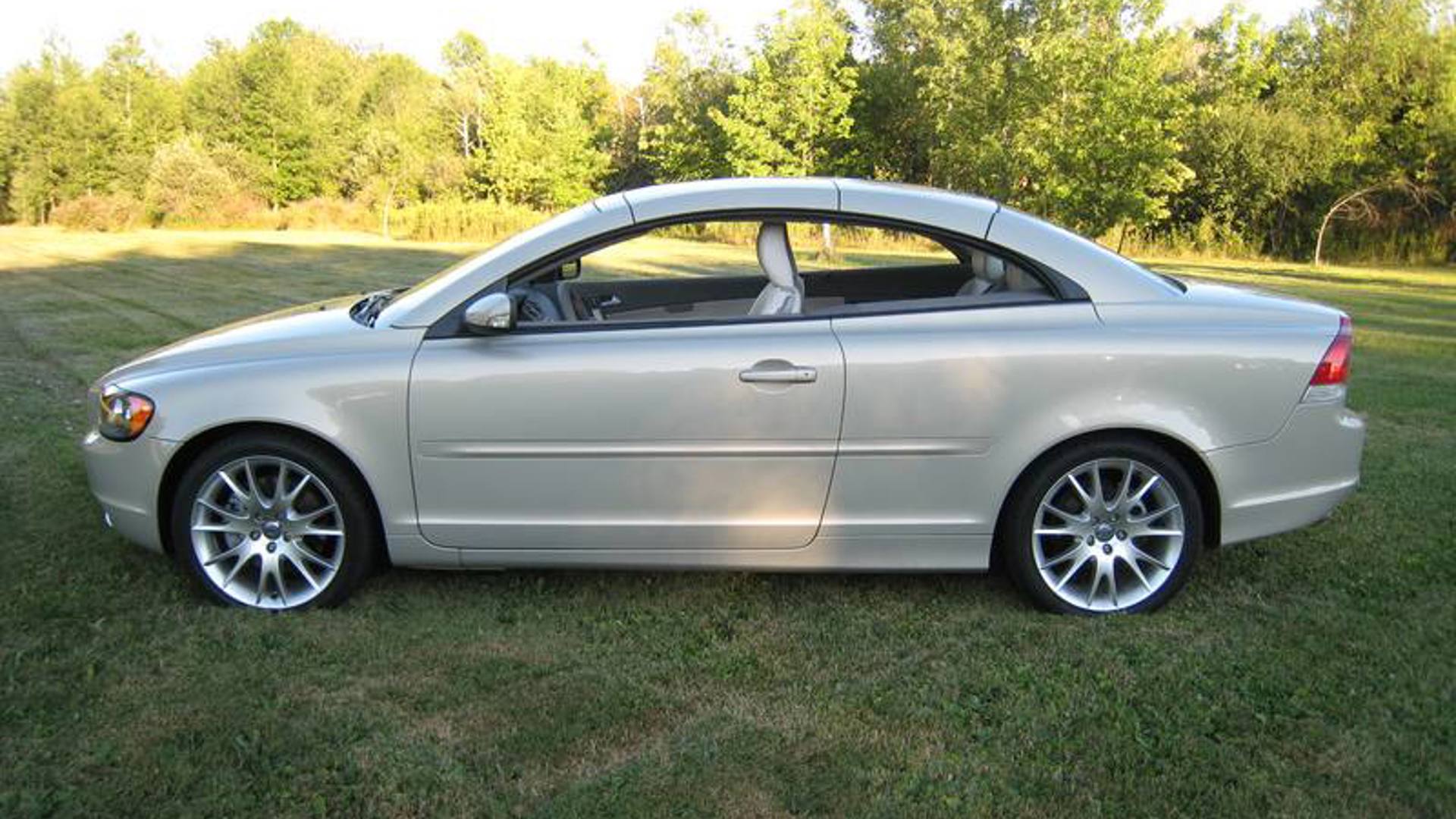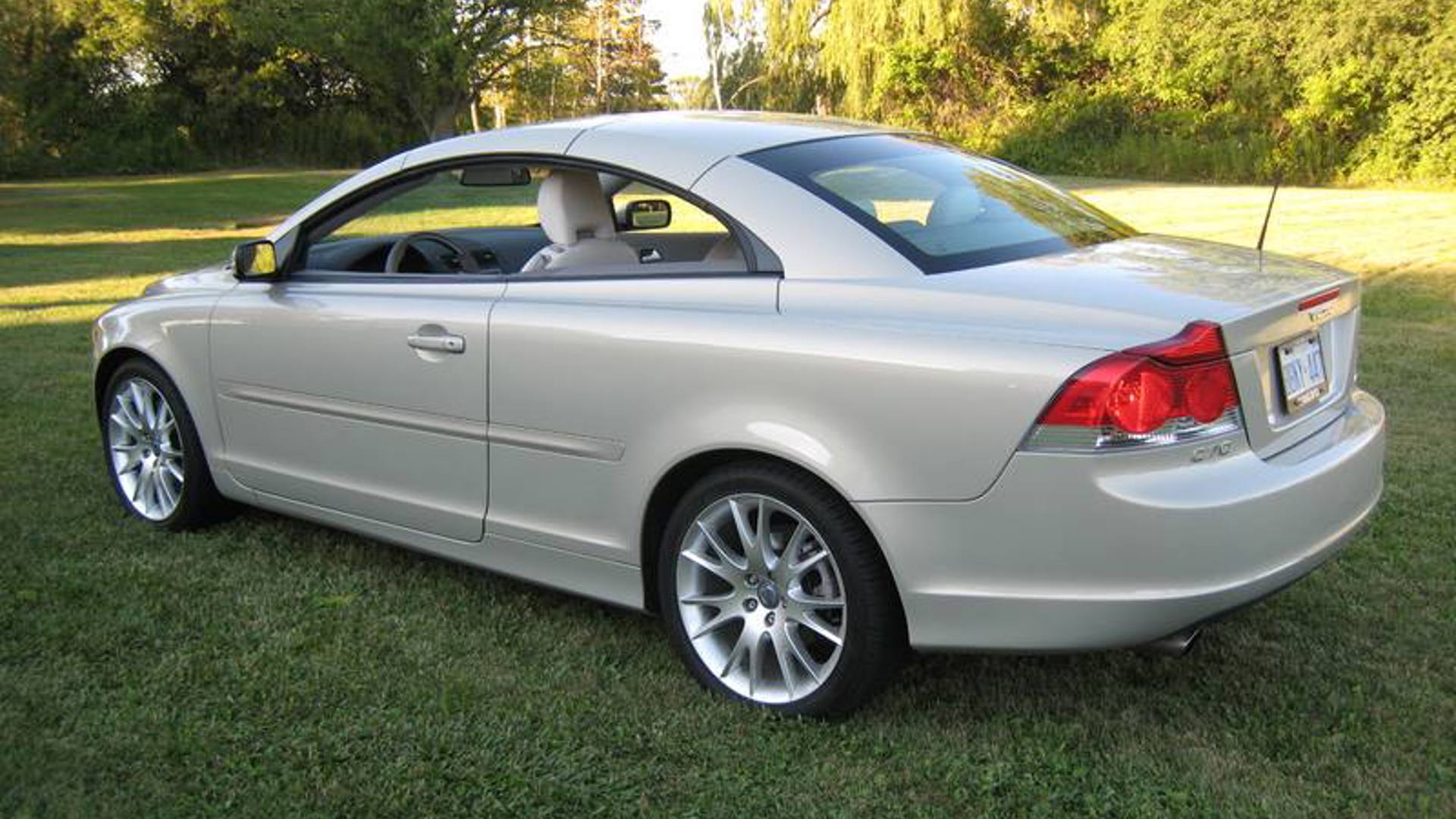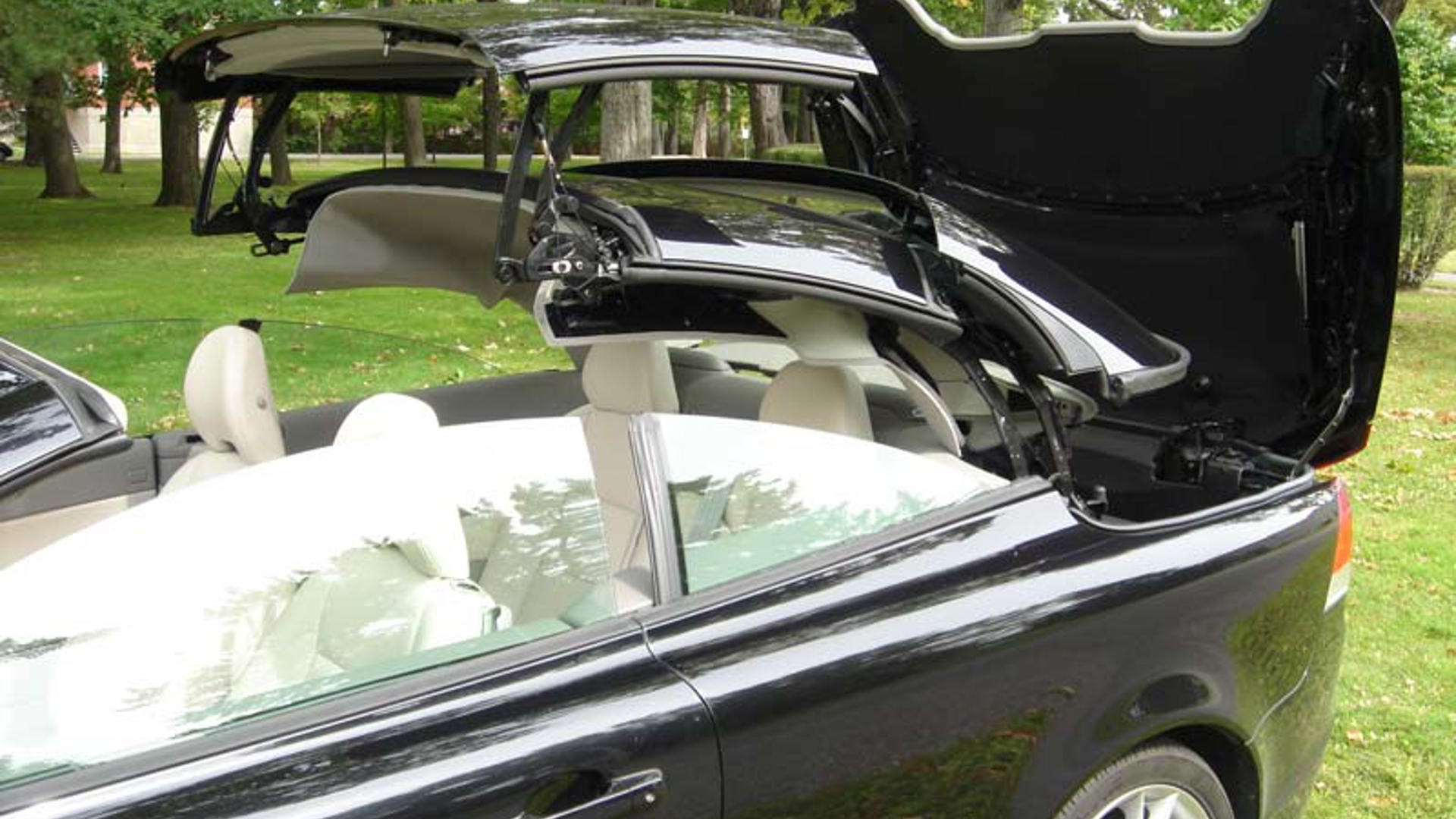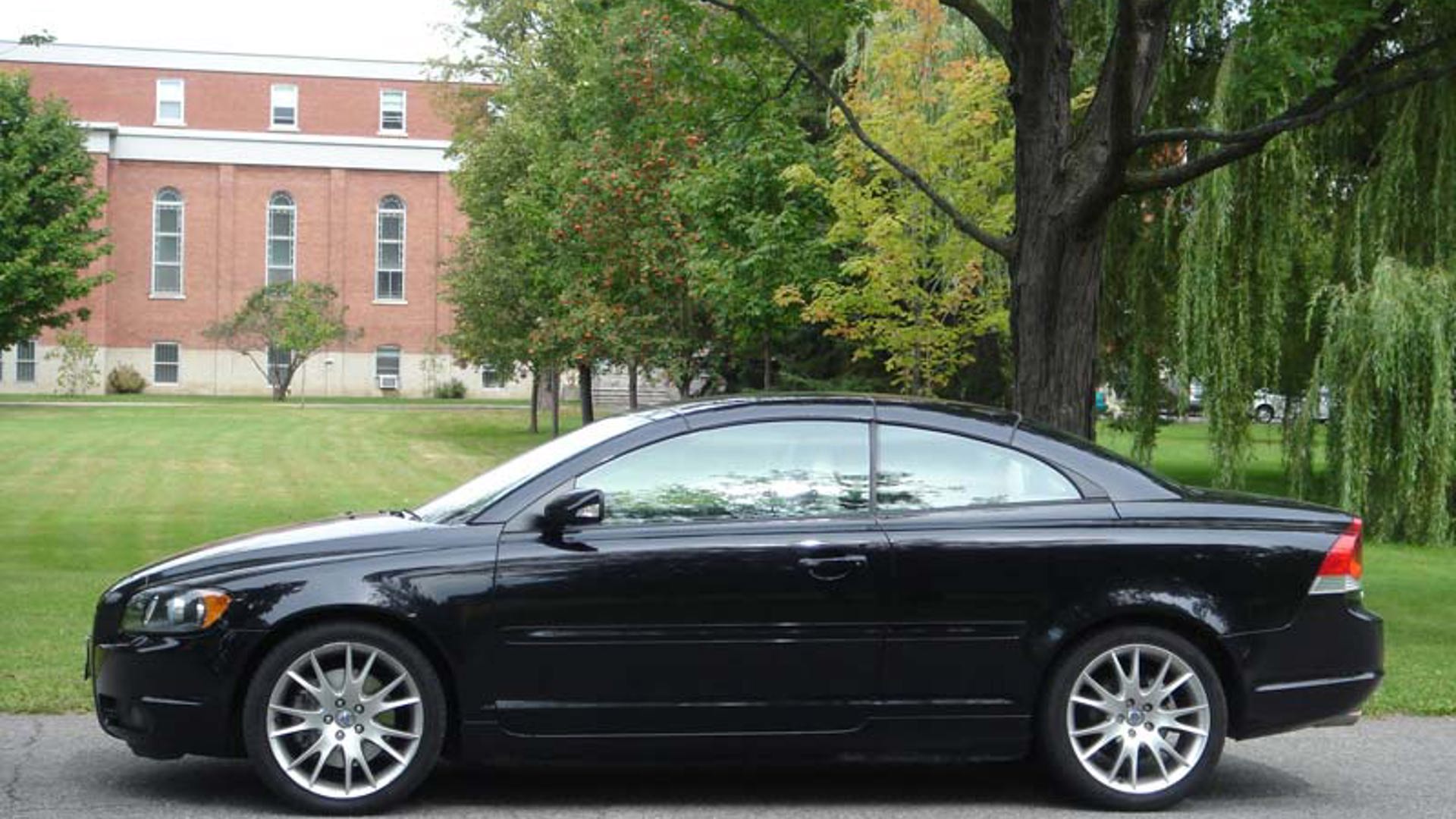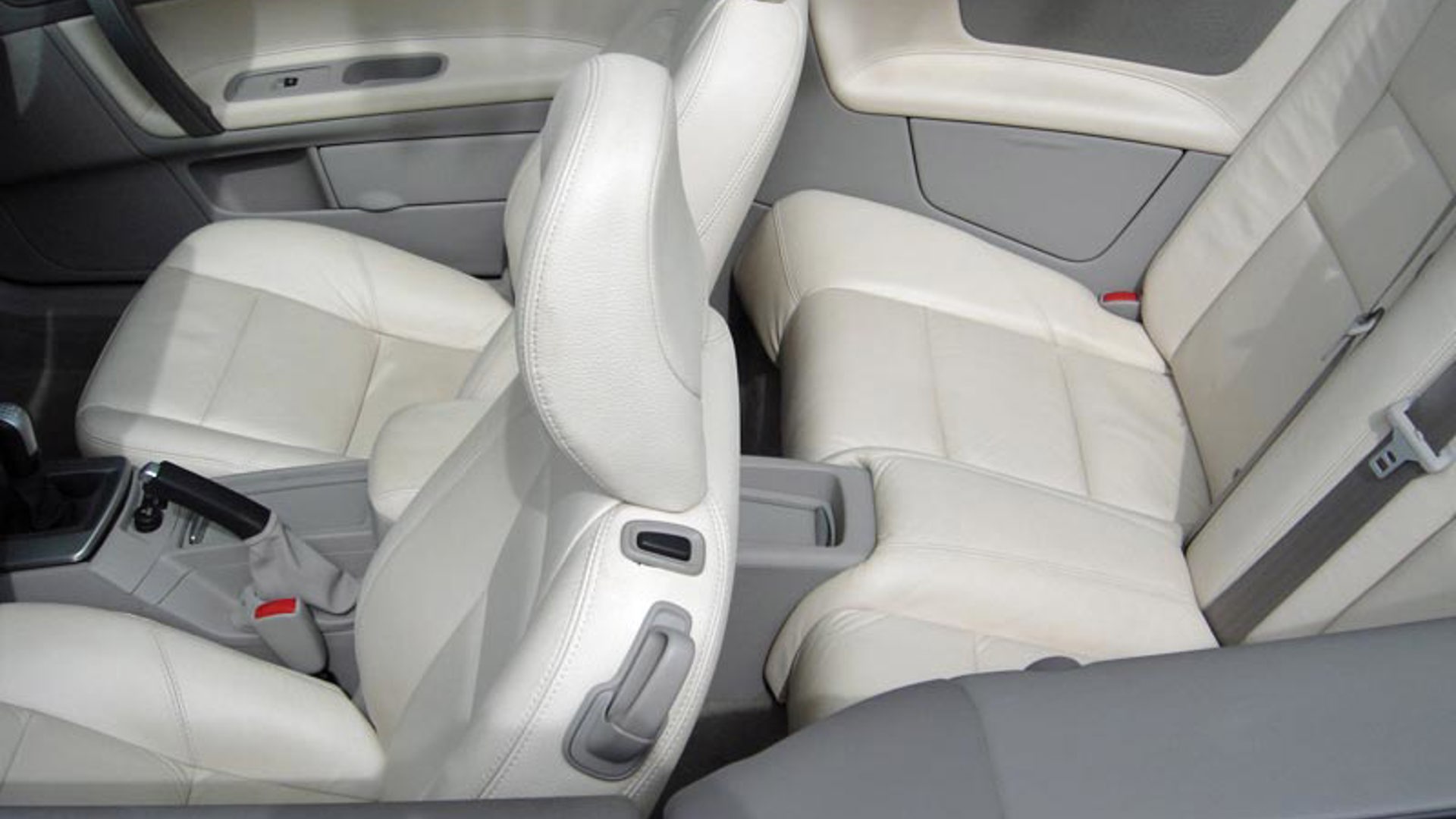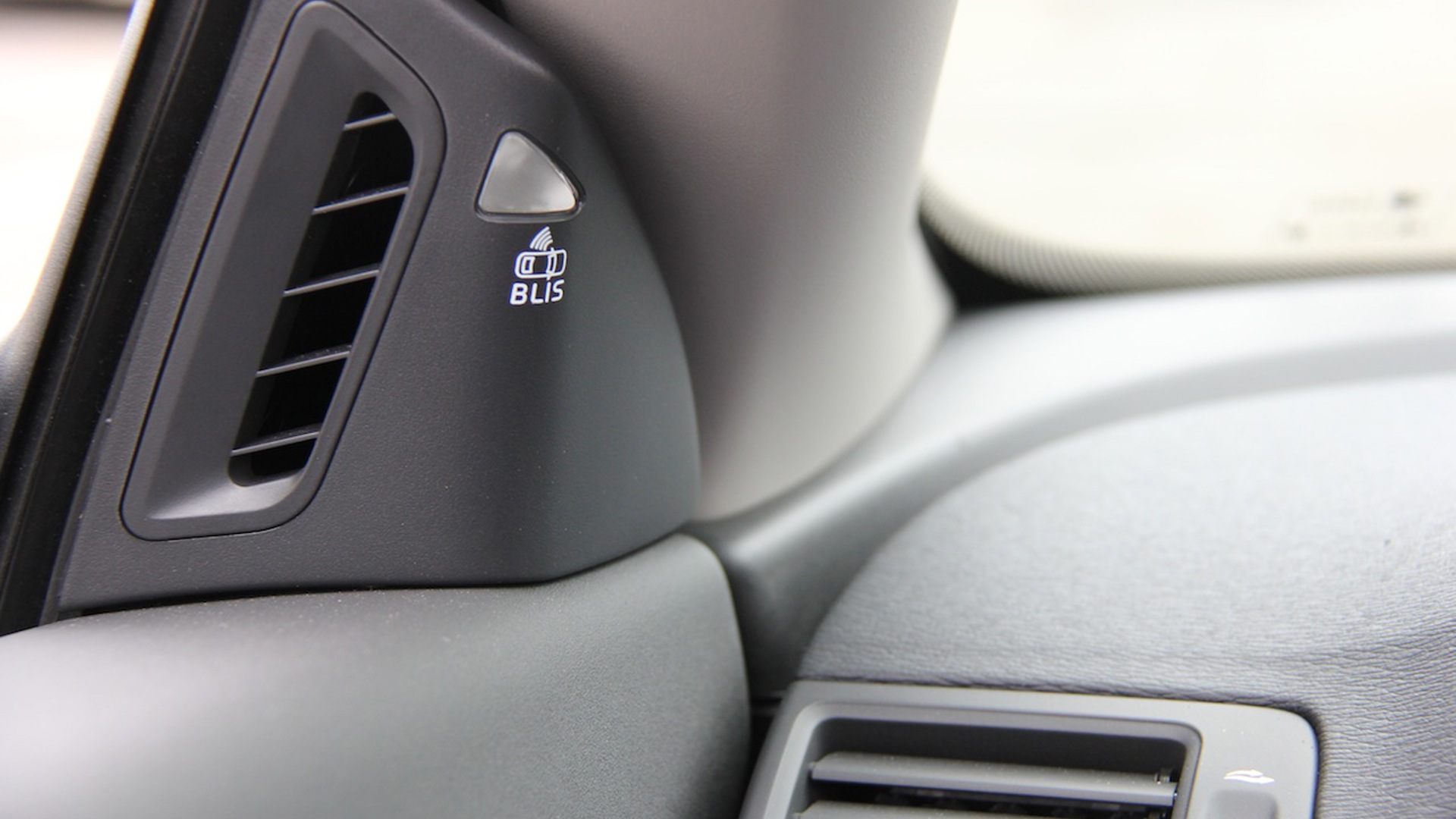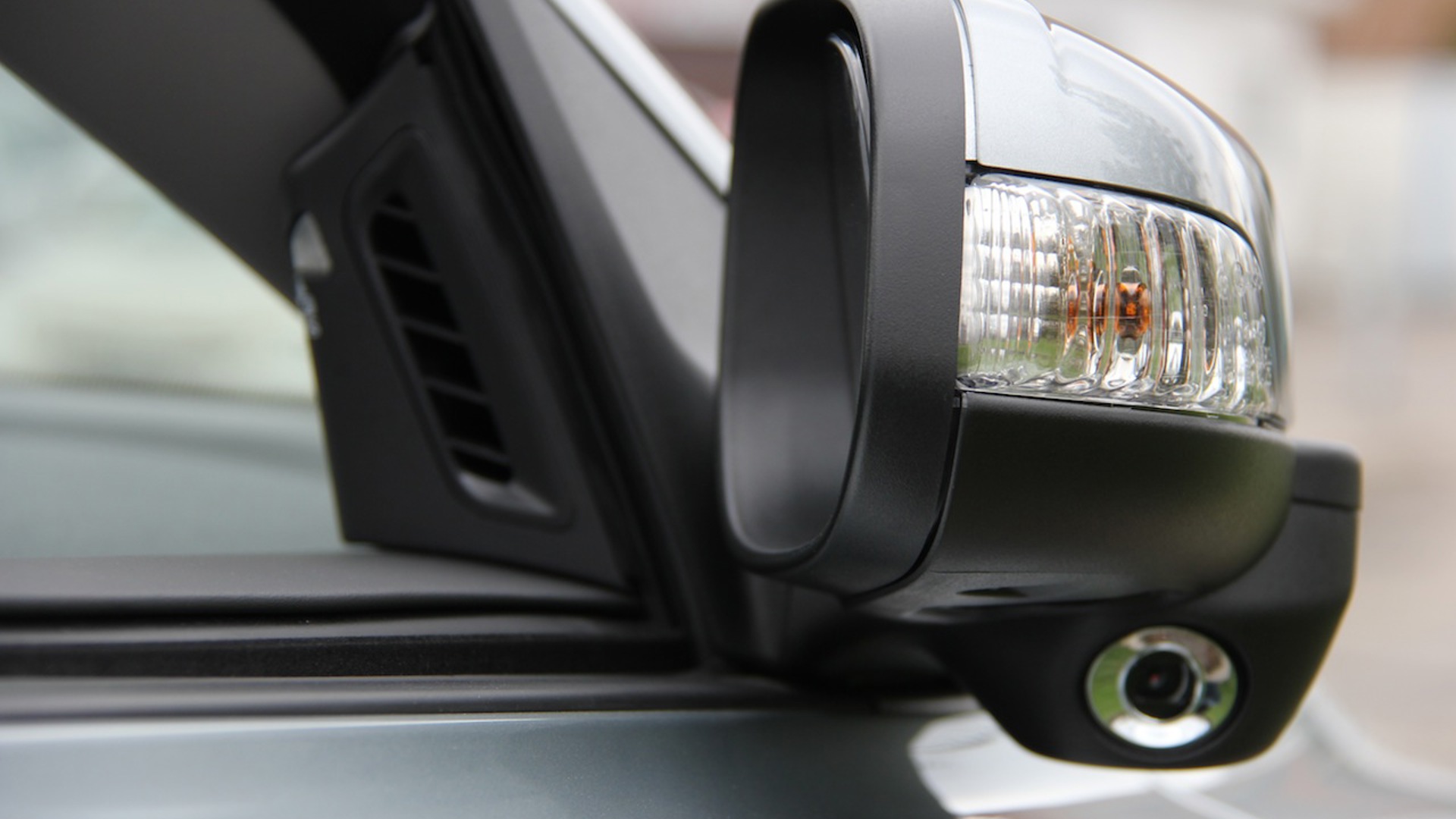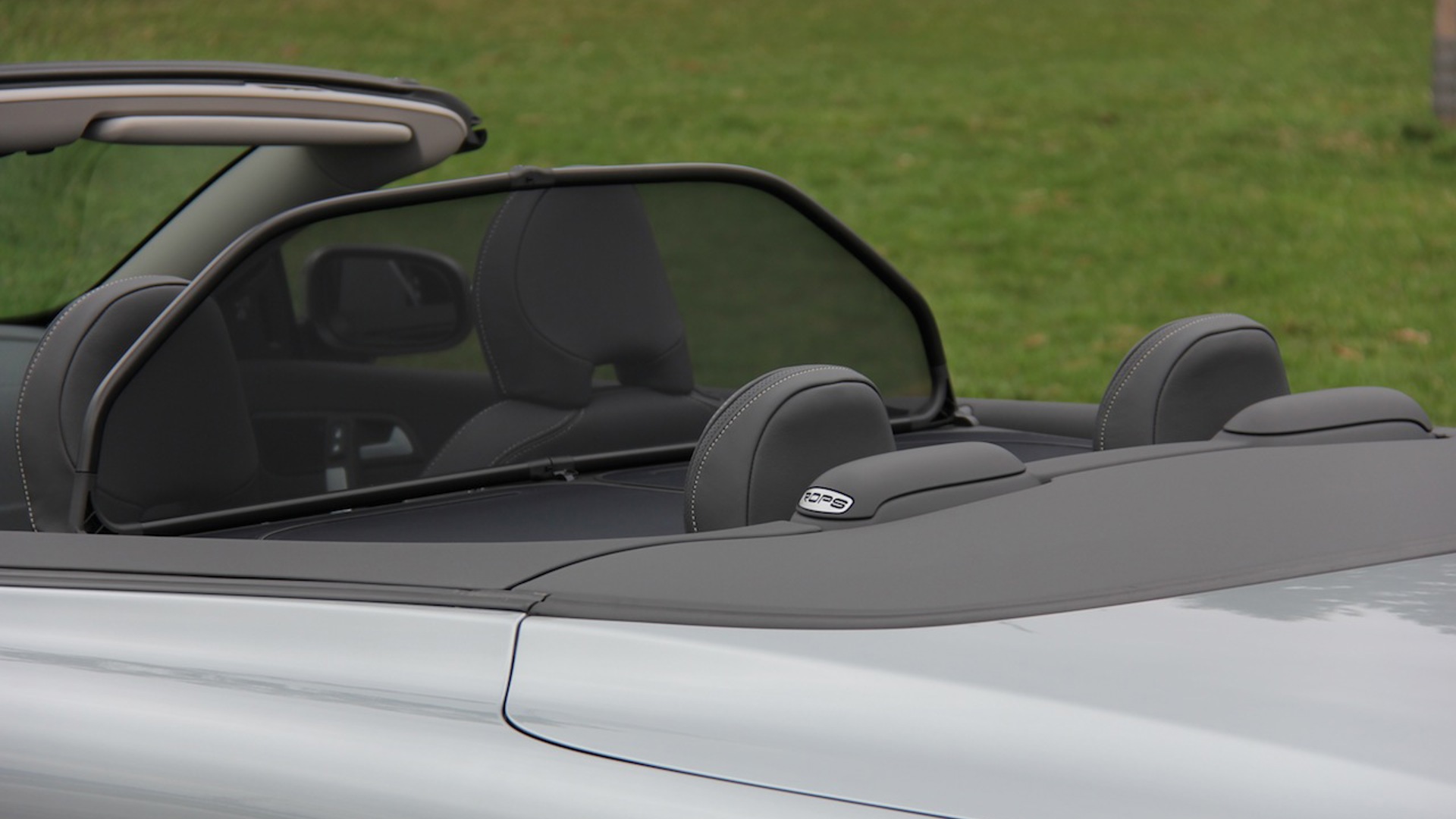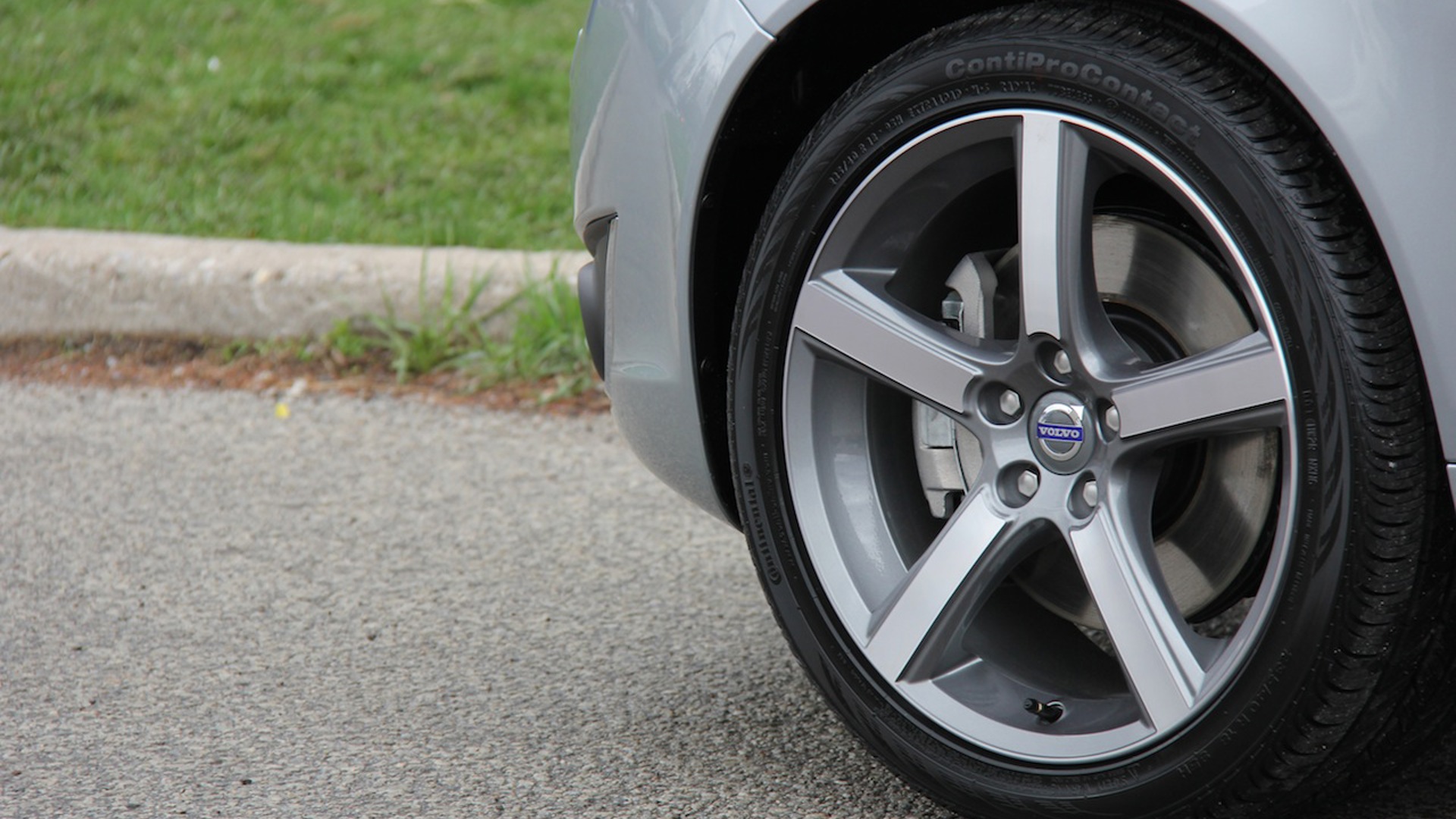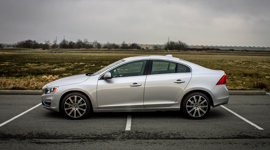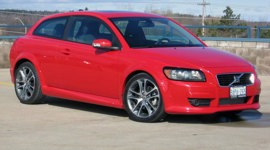Vehicle Type
Convertible
History/Description
With an eye for safety, confidence and all things sensibly Swedish, the Volvo C70 combined four-seat comfort and space with a roof-optional motoring experience that’s big on luxury and peace of mind. Geared and tuned for hours-long top-off comfort rather than feats of performance, the C70 was one of those relatively rare four-seat convertibles often sought out for use by owners who primarily drive alone or with a sole passenger, though occasionally requiring a usable rear seat.
The engine is noted for its strong low-end pull, pleasingly quiet operation and seamless, smooth power delivery from idle to redline.
A power-retractable hard-top flips and folds into the C70’s trunk at the touch of a button, effectively offering owners two cars in one: a sleek touring coupe and a classy convertible. Said convertible roof goes from open to closed in half a minute or so.
Heated seats were standard on all models, as were a slew of upscale features including dual-zone automatic climate control, a pollen filter, and an eight-way memory seat for the driver with adjustable lumbar support. Rain-sensing wipers and a headlight washer system add all-weather confidence, and a 650-watt premium stereo system is available for audiophiles.
Engines/Trim
Standard, Premier Plus and Platinum models helped shoppers devise a C70 that’s just right for their tastes, while an array of confidence-enhancing features creates a worry-free driving experience. Available dual-xenon headlamps, rear fog-lamps, a rollover protection system, side-impact protection system and security lighting were all on board, making the C70 as safe as it is comfortable.
All C70 models employ Volvo’s silky ‘T5’ powerplant for motivation. The 2.5L five-cylinder unit features dual camshaft architecture and an intercooled turbocharger, good for 227 hp. The engine is noted for its strong low-end pull, pleasingly quiet operation and seamless, smooth power delivery from idle to redline. All models are front-wheel drive and fitted with a five-speed, manual-mode automatic, or a six-speed manual. Drivers can expect 0-100 km/h in 8 seconds.
Want more power? Consider a used copy with the available Polestar package. This dealer-installed performance upgrade dialed up boost from the turbocharger and re-maps the engine computer for additional output without affecting the C70’s warranty. Power rose from 227 horses to 250, and torque jumped by nearly 40 lb-ft as well. From model year 2011, a light visual and feature content refresh added more value and style.
What Owners Like
Owners typically report a signature safe, solid and secure feeling when driving the C70, a comfortable and nicely-styled cabin, a quiet and relaxing overall driving experience, and exceptional performance from the optional Dynaudio stereo system. The engine, transmission and even shifter and clutch on manual models are said to be smooth and refined. Cargo space with the roof up is decent, and fuel economy is said to be highly agreeable, given the turbocharged punch.
What Owners Dislike
Owner gripes centre around soggy steering and handling which won’t appeal to driving enthusiasts, the slashing of cargo space when the roof is folded down, and a low-hanging trunk lid that’s easy to whack one’s melon on.
Here’s a look some owner reviews.
The Test Drive
Used shopping hats on, folks! Remember that, as all C70 modes are both turbocharged and a convertible, a few checks should be standard issue, starting with the roof.
Open and close the convertible top, several times, ensuring that no warning lights illuminate, that there’s no binding or straining apparent during the process, and that the roof opens and closes, consistently, each time. Check all roof panels for signs of paint wear or damage, which could indicate misaligned top arms, or panels that are contacting one another. Here’s some more reading.
With the roof halfway through its range of motion, all panels and their seals will be visible, so be sure to inspect them. Rubber seals should be plump, intact and free of damage or missing chunks. If that’s not the case, leaks are likely in this vehicle’s future, if they’re not already.
Remember that periodic lubrication of the rubber weather seals, periodic cleaning of the rain gutters, and periodic fishing of some weed-whacker wire through the drain holes in the top’s drainage system, as well as removal of built-up debris like sand and leaves from the area around the roof, can add to the durability and reliability of the motorized top. As a final note, remember that seat leather that looks dried up and beef-jerky-like in texture has likely been exposed to a moderate or heavy amount of water, perhaps as a result of a convertible top leak.
Two final notes relating to the roof: first, be sure to inspect the interior headliner, as some owners have reported that a combination of failed adhesives and tabs allows the ceiling fabric to sag or fall over time, which can interfere with roof operation. Finally, be sure to check the front and rear side windows for proper operation, several times.
Next, onto the turbocharger system.
To protect yourself from buying a car with a turbo that’s about to rip through your wallet, be sure that the car hasn’t been pre-warmed ahead of your arrival. Carefully touch the muffler or engine to be sure it’s cold. Sometimes, a seller will pre-warm a car ahead of a shopper’s arrival to conceal a smoking issue. Insist on inspecting the car when its engine is cold. From there, a simple test can coax oil past leaky turbo seals: just start the engine and let it idle for about five minutes, until the engine gets good and hot. Don’t drive the car first—just let it sit and idle. Once the engine is hot, and while it’s still idling, watch for white, greasy smoke from the tailpipes. If you notice any, the car you’re looking at needs a new turbocharger. If you’re a do-it-yourself type, remote the charge-pipe between the turbocharger and intercooler, and inspect for excessive oily buildup. A little film of oil is typically okay, but puddles, or a thick coating, is a sign of trouble.
Note that the C70 you’re considering uses a timing belt to set the mechanical rhythm of its engine, and that the timing belt requires periodic replacement before it fails. If it does, you’ll likely be out an engine. Be sure to determine where the timing belt sits in its service life, budgeting for a timing belt change (for a few hundred dollars) if it’s due.
Poor or sporadic performance, or acceleration that seems to come in lumps, could be the result of a bad engine sensor. Don’t do like the majority of owners and throw money at the issue by assuming it’s just bad spark plugs or ignition coils: any mechanic can scan the engine computer in the model you’re considering to check on the actual cause of the problem with ease.
Some owners have discussed various minor suspension issues, and though no major, recurring problems seem apparent, having a mechanic check all bushings, strut mounts and end links is a good idea – especially if any unwelcome popping or clunking noises are apparent on your test-drive.
The Verdict
Though low sales volumes translate into limited information about reliability of the Volvo C70, the lack of massive discussion in numerous owner forums relating to reliability issues is encouraging. Ditto the apparent reliability of other used Volvo models from this era, which use the same powertrain and numerous common components and subsystems. A used C70, inspected carefully by a technician, should prove a confident used convertible buy.
Two recalls.
Crash Test Ratings
NHTSA: NA
IIHS: Top Safety Pick (2009)
